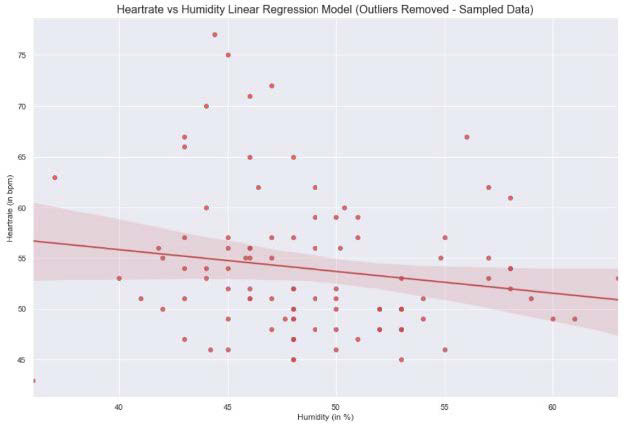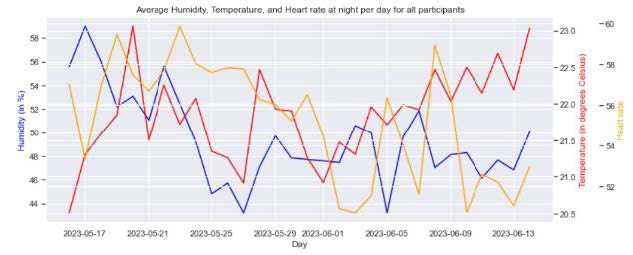Present
During my three-year bachelor’s program in Industrial Design, I evolved from a high school student to a well-rounded industrial designer. I achieved a high level of competence in Business and Entrepreneurship, learning how to integrate entrepreneurial thinking and leadership skills into my design projects. I also deepened my understanding of designing for user needs and societal impact, particularly at the intersection of design and education. This focus ensures my designs are both user-centric and socially relevant, highlighting my development in the area of User and Society. Additionally, I deepened my expertise in areas of Technology & Realization, Math, Data & Computing, and Creativity & Aesthetics. These five areas form the foundation of my design skills and demonstrate my overall competence in the field. This comprehensive growth has enabled me to create innovative and meaningful design solutions. In this section, I reflect on how the courses and projects contributed to my development in each expertise area and how these expertise areas have been applied to my final bachelor project.
Creativity & Aesthetics
The essence of this expertise area is the ability to innovate by breaking free from conventional thinking (creativity). It involves a dynamic process of exploring and refining ideas through creativity, critical evaluation, and iterative design. This expertise balances intuition with knowledge, ensuring designs are not only functional but also visually and experientially engaging (aesthetics). My development in this area has been significantly shaped by the courses and projects I undertook during my bachelor’s studies.
One of the foundational courses that contributed to my growth was Exploratory Sketching. This course taught me to create high-quality product sketches, which are essential for visualizing and iterating design concepts. These sketches not only communicate design ideas to stakeholders but also help translate concepts from mind to paper. I applied these skills throughout all my bachelor’s projects, and they were crucial in my final bachelor project. For my FBP I used these sketching skills to communicate my ideas to stakeholders and to guide the design process by creating several high-fidelity sketches.
Additionally, Snackable (project 2) enhanced my graphical design skills by designing visuals for a card game. These skills were pivotal in creating the logo for A.I.D.T., demonstrating how aesthetics can enhance user experience, convey messages and emotions, and establish brand identity. Next to this, The PWFN Toolkit (project 3) deepened my knowledge of different learning methods: systematic, visual, and iterative to create functional and professional aesthetics. This lesson was invaluable and was applied directly to my FBP when designing the challenge cards of the design.
My final bachelor project, A.I.D.T, required embodying simplicity amidst complexity, balancing intuitive and knowledge-driven design. It showcased my ability to create an engaging and educational design narrative through iterative analysis and reflection using the Design Odyssey Framework. My journey in the area of Creativity and Aesthetics has been about developing the skills to create innovative and engaging designs. Each course and project contributed to this growth, culminating in my FBP, which fully incorporates this expertise area through its innovative, aesthetically pleasing, and functional design.
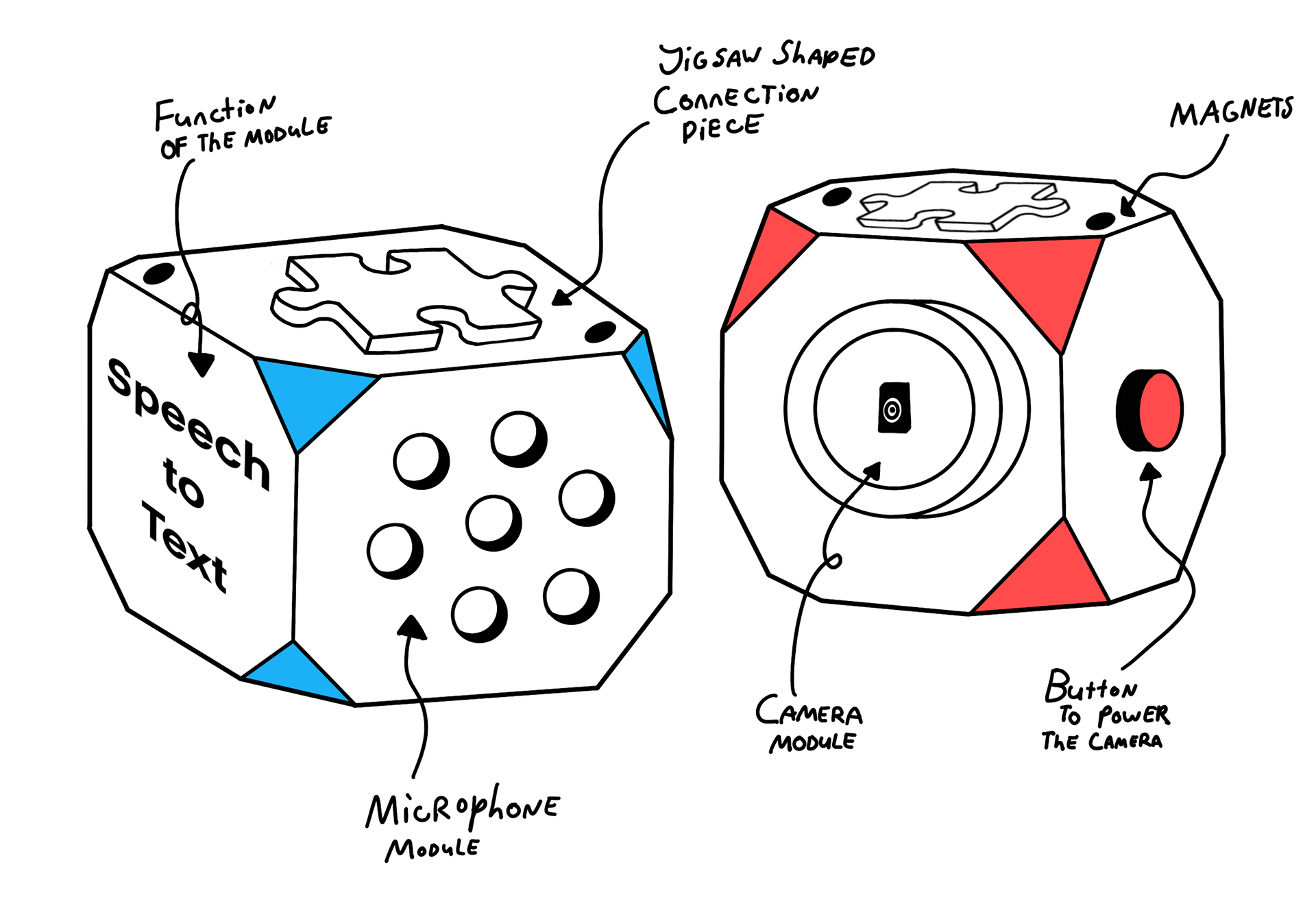
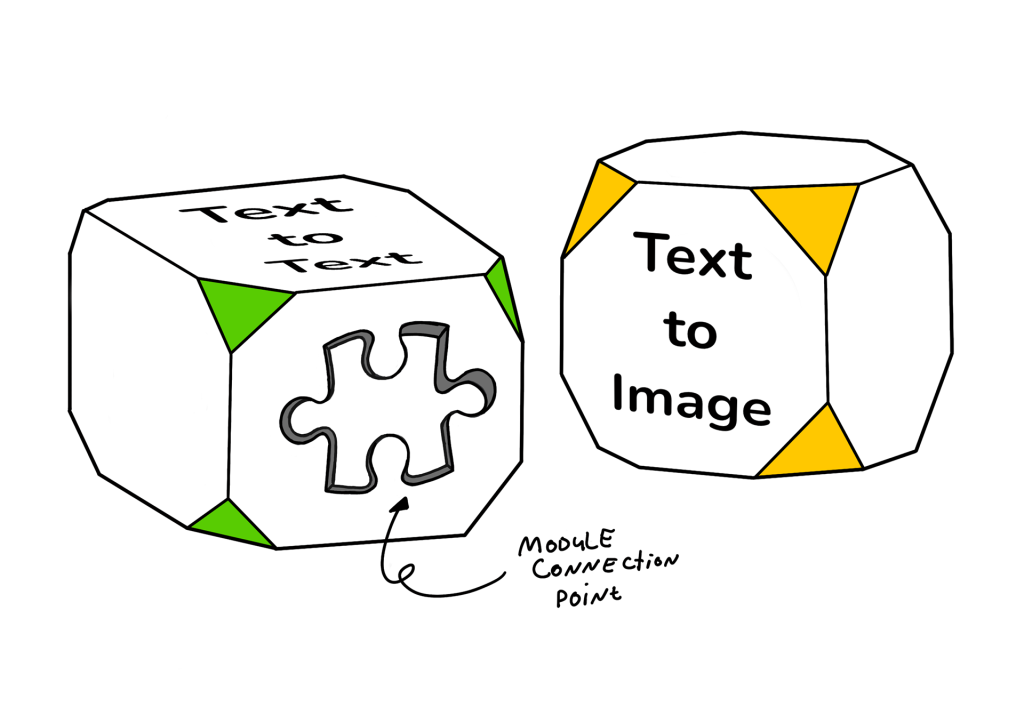
Business & Entrepreneurship
The area of Business and Entrepreneurship focuses on creating designs that bring value to both individuals and the economy (entrepreneurship). It’s about commercial viability and market potential, studying competition, and validating ideas through real-world trials (business). A deep comprehension of strategic principles and stakeholder dynamics is essential. Despite its sometimes overlooked status, this expertise area is pivotal in bringing designs to market, guaranteeing they don’t just hold theoretical value but also make tangible impacts on end-users.
Throughout my bachelor’s studies, I dedicated myself to developing skills in the area of Business and Entrepreneurship. I pursued several elective courses and completed a special USE track, earning a Certificate in Technology Entrepreneurship. This track provided comprehensive training in evaluating business viability, setting up business models, understanding stakeholder perspectives, and developing leadership skills. I learned about organizational management, entrepreneurial thinking, and the economics of innovation.
These skills were directly applied to my final bachelor project. For A.I.D.T, I conducted and wrote a complete business model evaluation. This process involved analyzing the initial business model (brick-and-mortar sale) to the current model (subscription-based), validating its feasibility and developing strategies to convince stakeholders of the value of my design. Furthermore, I used the Lean Startup Methodology framework during the entire design process of A.I.D.T, continuously checking product-market fit with potential stakeholders. Lastly, I applied my knowledge of market trends, competition analysis and stakeholder management, ensuring that my design was not only innovative but also economically viable and sustainable.
In summary, the courses and projects during my bachelor’s studies significantly contributed to my development in Business and Entrepreneurship. The knowledge and skills I gained were innate to the successful completion of my FBP, demonstrating my ability to create valuable, sustainable and innovative product-service systems.
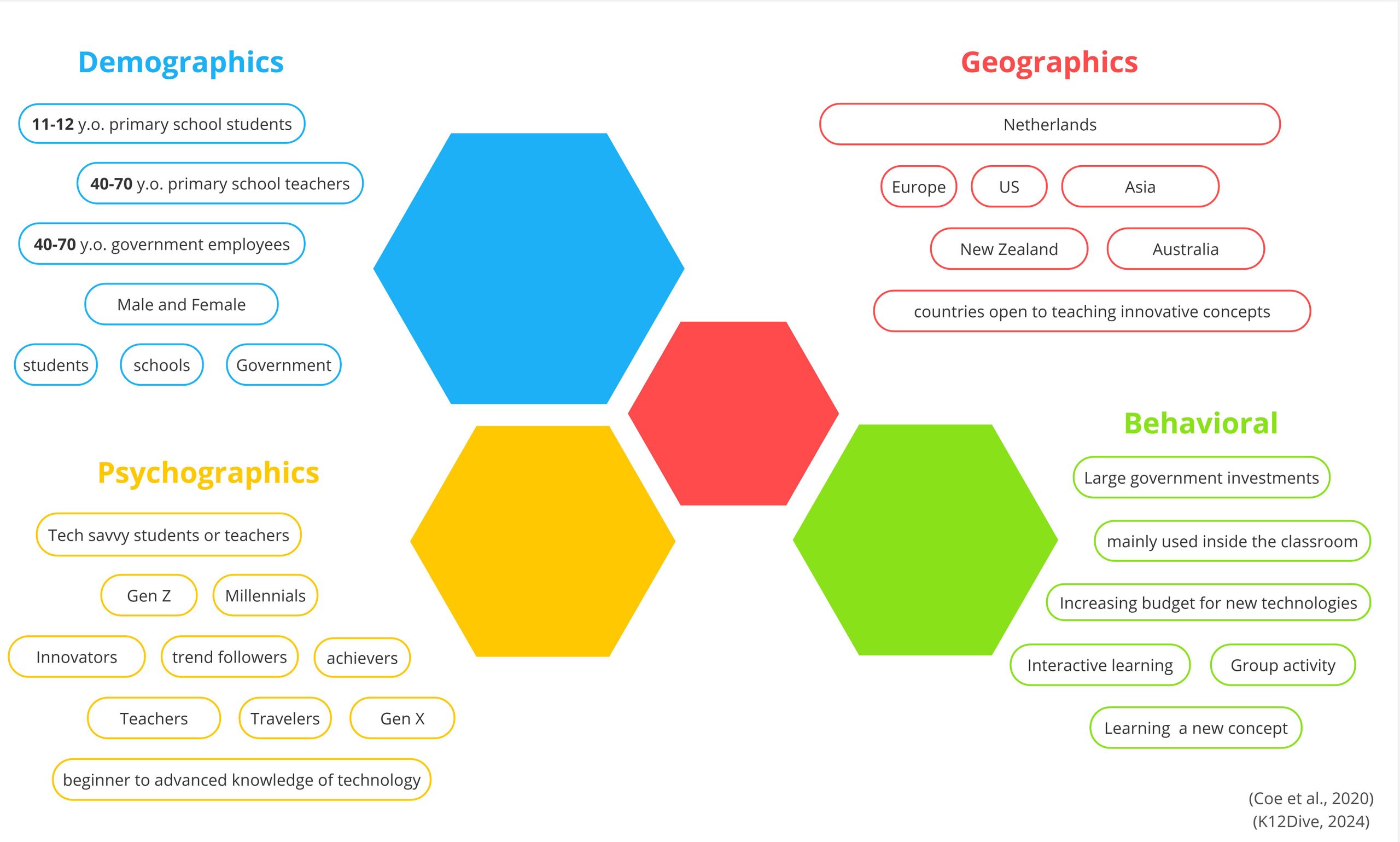
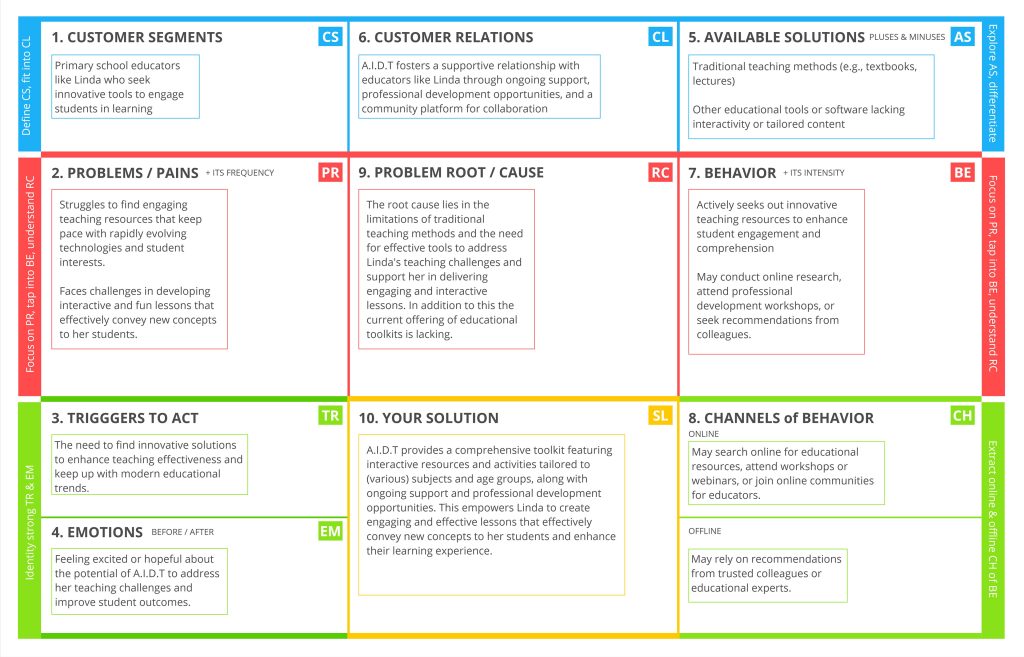
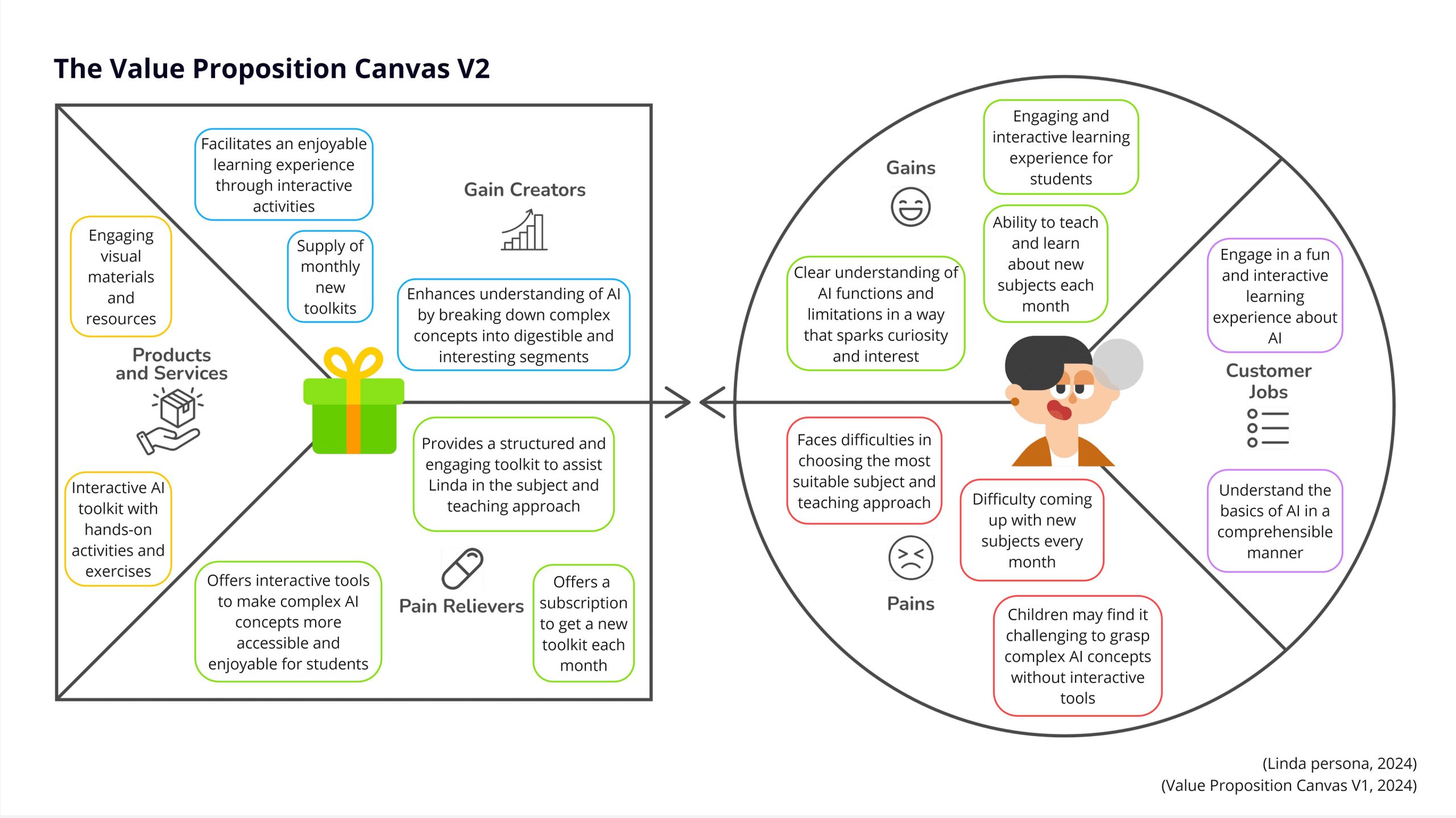
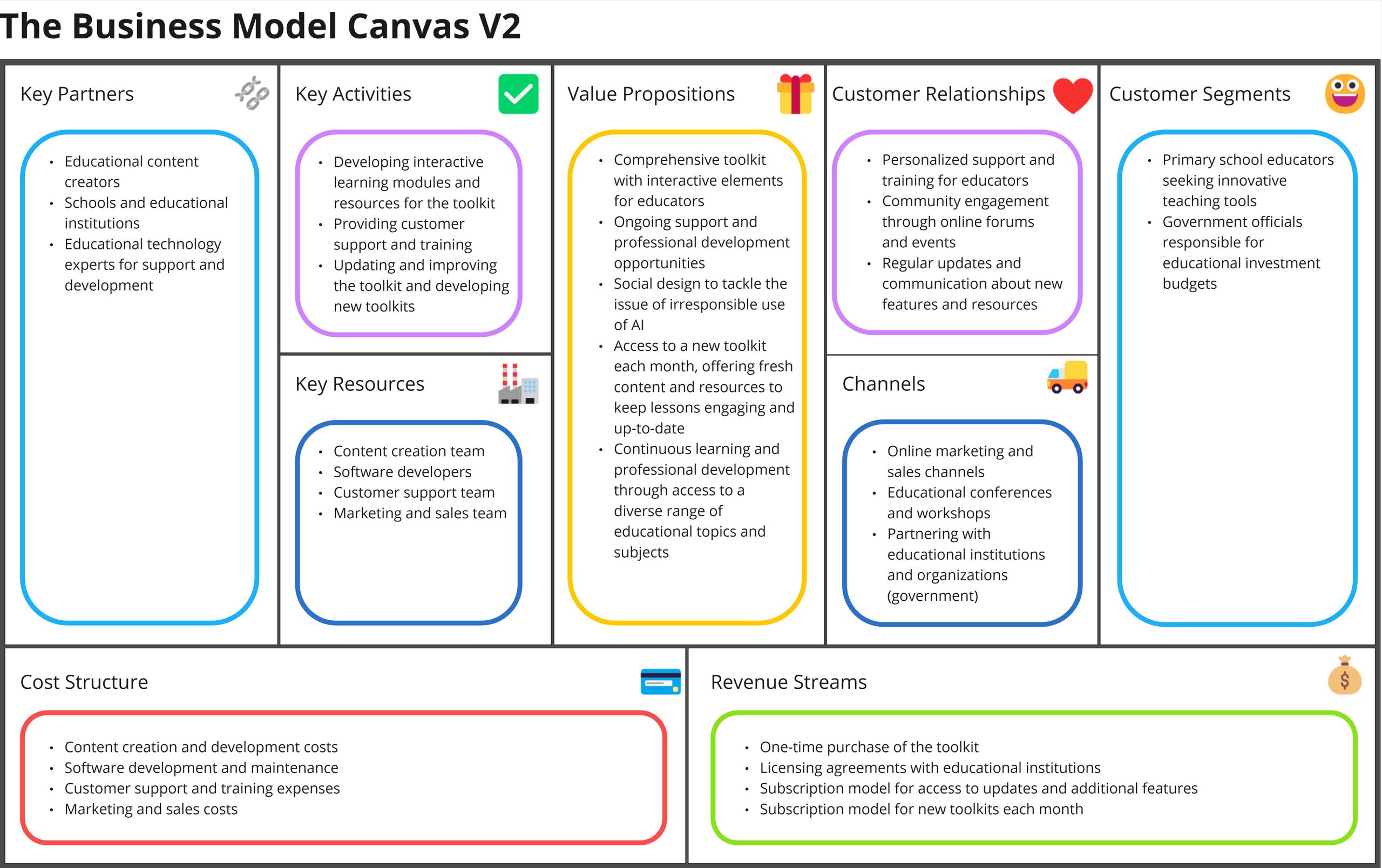
Technology & Realization
This expertise area serves as the foundation for bringing design concepts to life. It’s about selecting and integrating sensors, algorithms, circuits, and mechanisms (technology) to create interactive systems and prototypes (realization). This area ensures concept exploration, visualization and demonstration. During my academic journey, I underwent significant developments in the area of Technology and Realization, integrating these skills into my projects, particularly my final bachelor project (FBP).
Two key courses, “Intelligent Interactive Products” and “Exploratory Making,” played pivotal roles in my development. The former laid the groundwork by introducing ESP32 modules, wireless hardware communication, and machine learning algorithms. I leveraged this knowledge to develop a strike detection system for field hockey (StrikeSense), enhancing player training and injury prevention. Meanwhile, “Exploratory Making” provided essential training in creating quick and high-fidelity prototypes using materials like foam board and incorporating hardware. These techniques were crucial for constructing the physical prototype of A.I.D.T.
During my FBP, I made significant strides in this area by constructing hardware components and learning Python programming. I developed a system consisting of sensors and Python programs that interact with several AI models online, as well as created my own object recognition system. Additionally, I programmed a website and established communication between various programs. This project propelled me from a relatively underdeveloped level to an advanced proficiency in technology and realization. However, I recognize the need to further my skills in 3D modeling and printing to create more high-fidelity prototypes in the future.
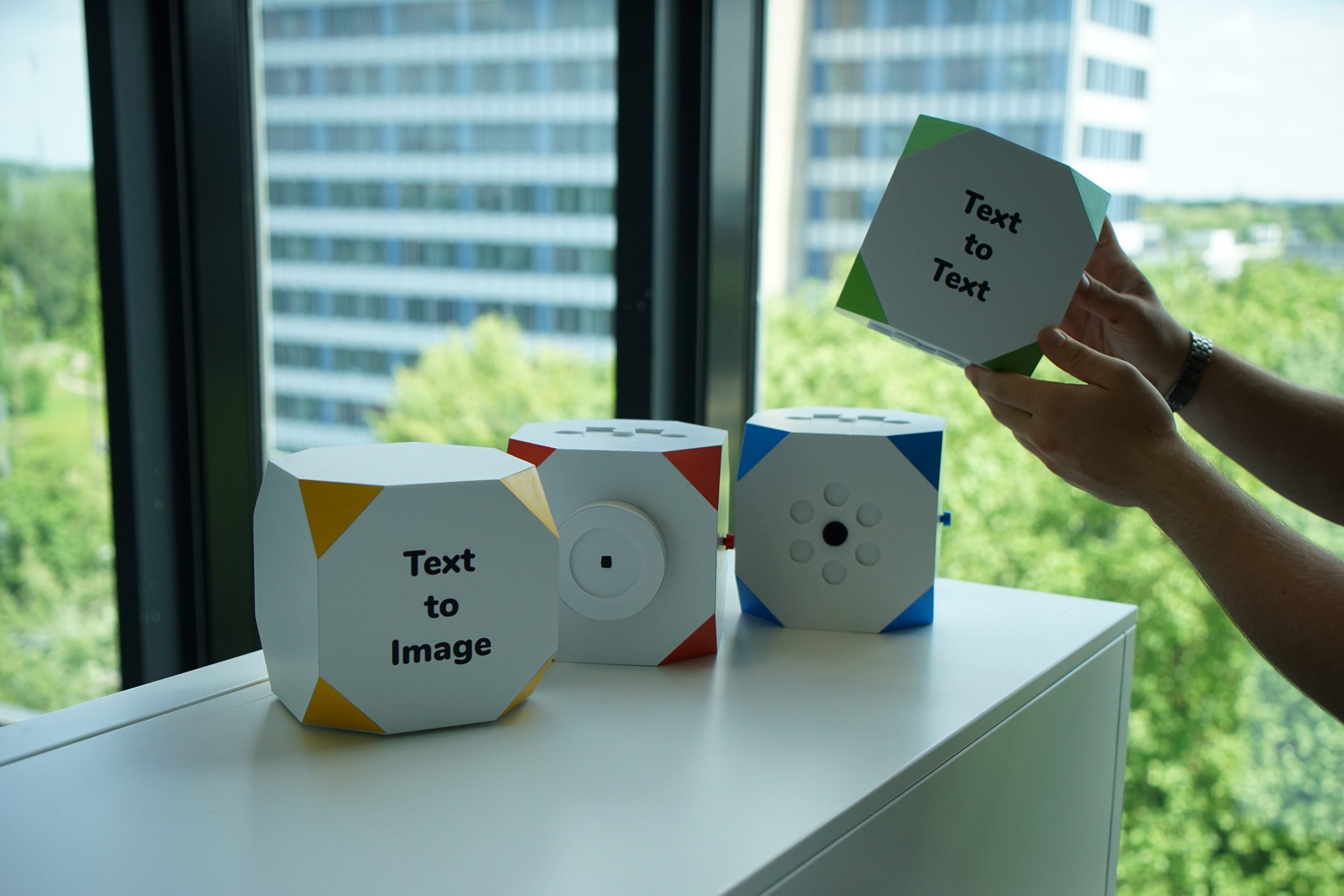
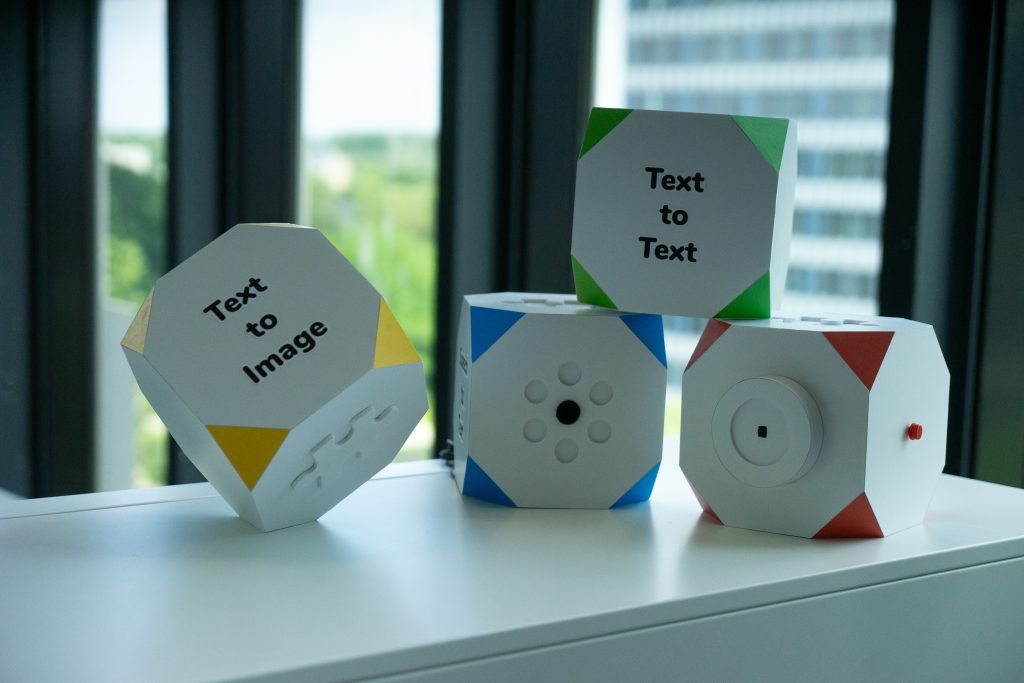
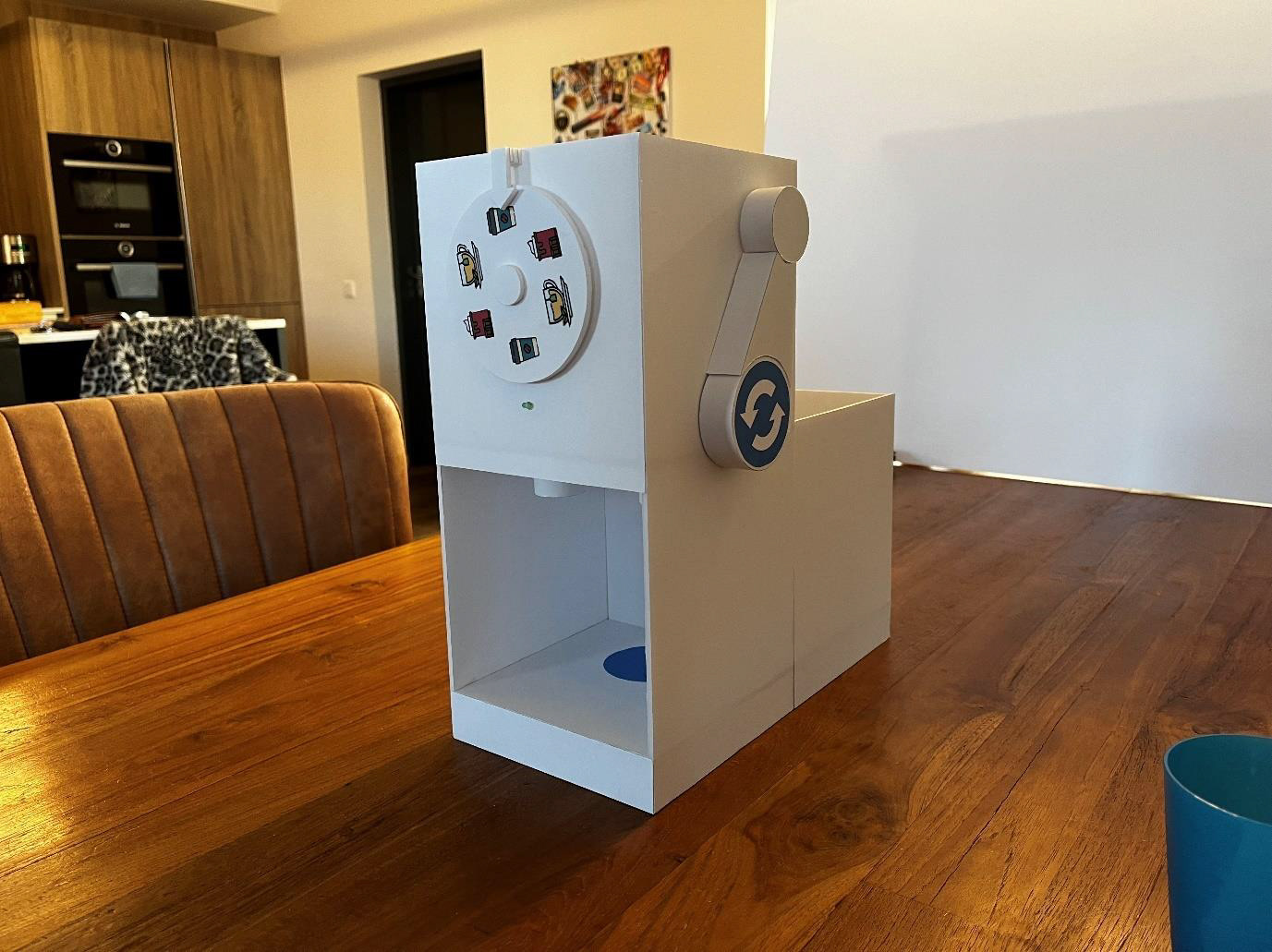
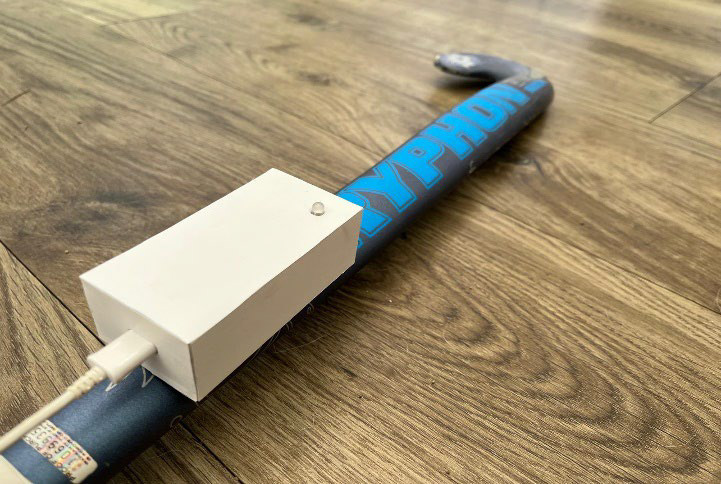
User & Society
The expertise area of User and Society in design focuses on creating value for people, directly impacting their everyday lives (society). It requires an understanding of psychology and sociology, empathy, and ethical sensitivity (user). Designers must involve users as main stakeholders, ask the right questions, and use both quantitative and qualitative research methods to collect insights and validate concepts.
For Snackable, I designed a card game for children with ADD, ADHD, or others who suffer from symptoms like a lack of focus or restlessness. This project emphasized the importance of designing with the user in mind, which I believe is the core of good design. I learned how to conduct user tests and evaluate a design’s effectiveness by testing with the appropriate target group. During my research project the PWFN Toolkit, I learned how to conduct professional user studies and how to go about research through design. This project taught me several research methodologies and demonstrated how design can generate value for society as a whole, not just individual users.
My FBP is where I made the most significant strides in this expertise area. I focused on creating a design with a clear emphasis on societal impact. I reached out to various stakeholders, including teachers, students, and peers, throughout the design process. Every design consideration was made with the user in mind, from selecting child-friendly colors for the logo to ensuring intuitive interactions with the modules. Furthermore, Using qualitative data from several user tests, I identified the strengths and weaknesses of the design, leading to a clear direction for the next iteration. This comprehensive approach ensured that the design was both impactful and user-centric.
In summary, the projects I completed during my bachelor’s studies significantly enhanced my abilities in the area of User and Society. The knowledge and skills I acquired are the basis of me as a designer and the successful execution of my FBP, demonstrating my capacity to create designs that are empathetic, ethical, and impactful on a societal level.
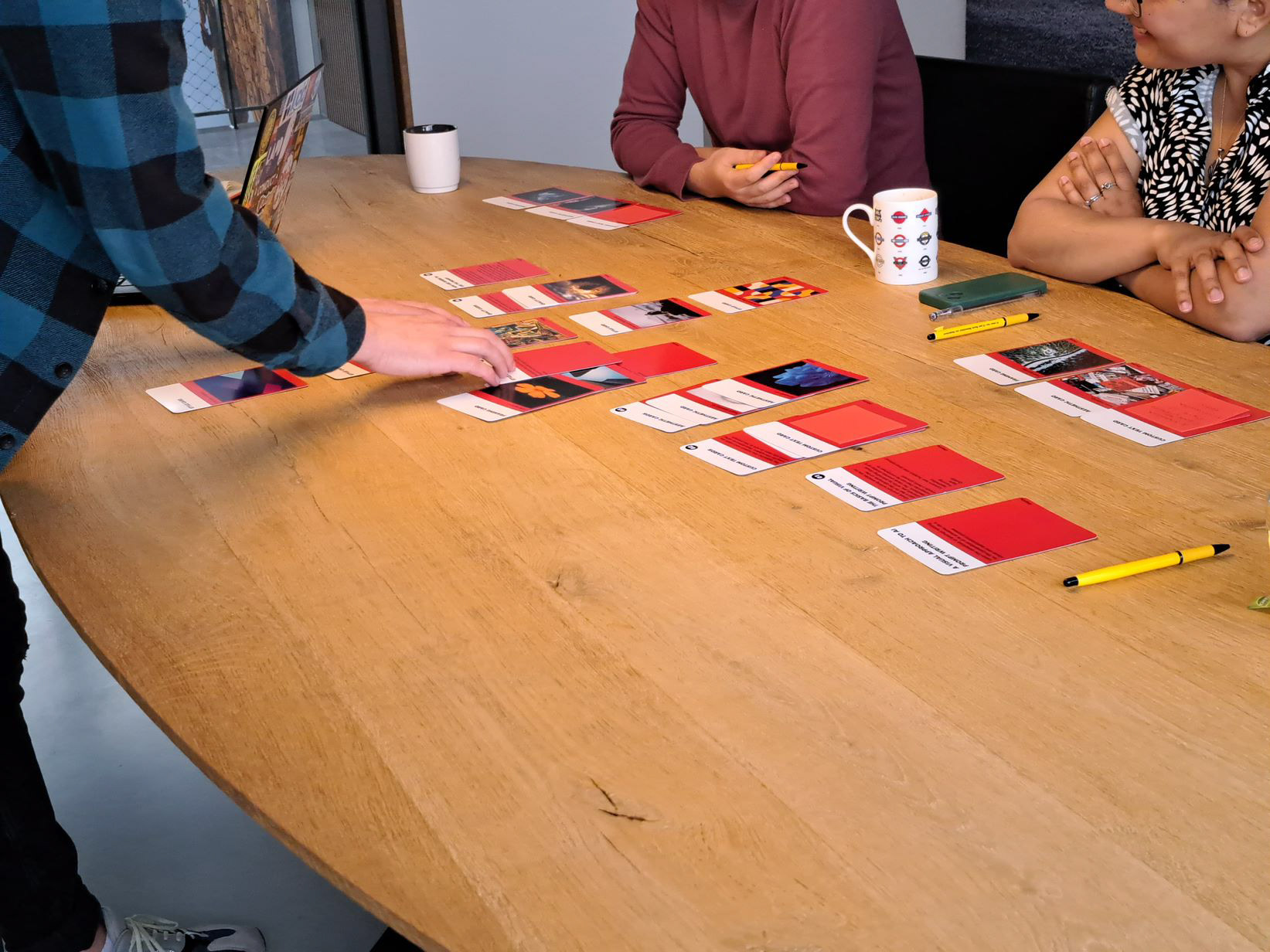
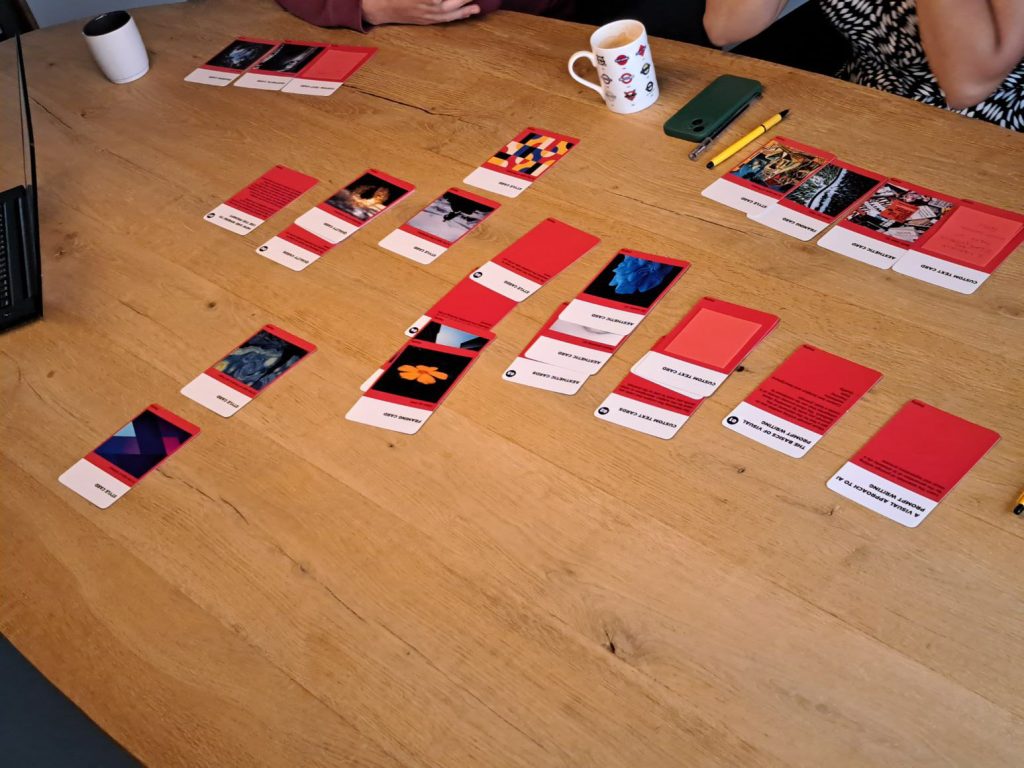
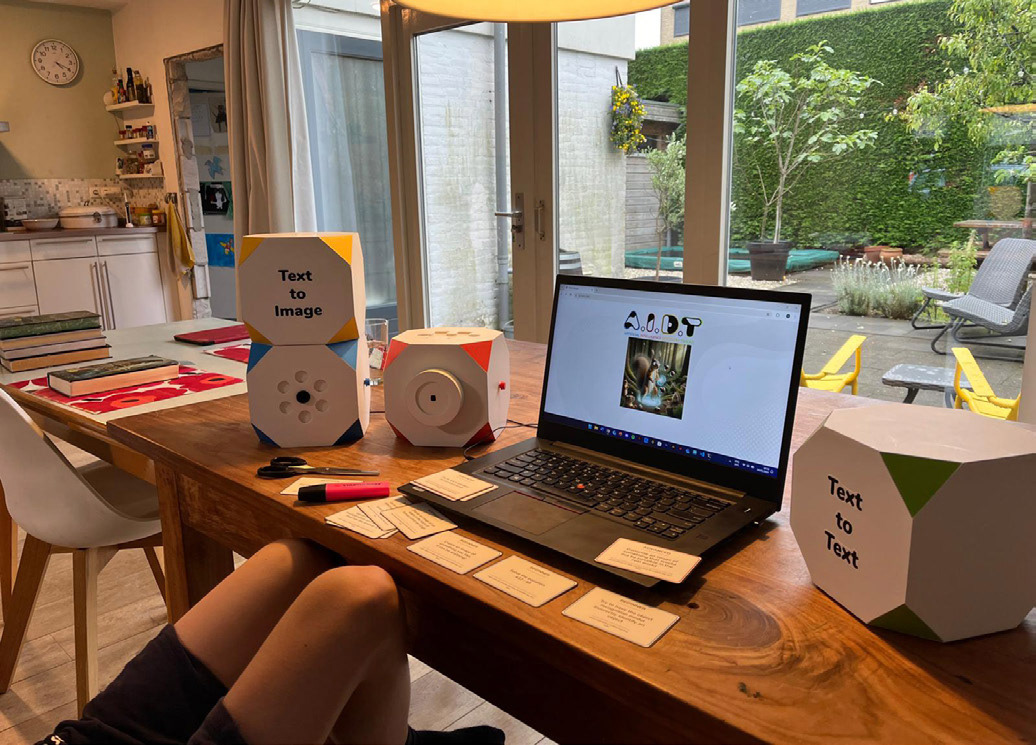
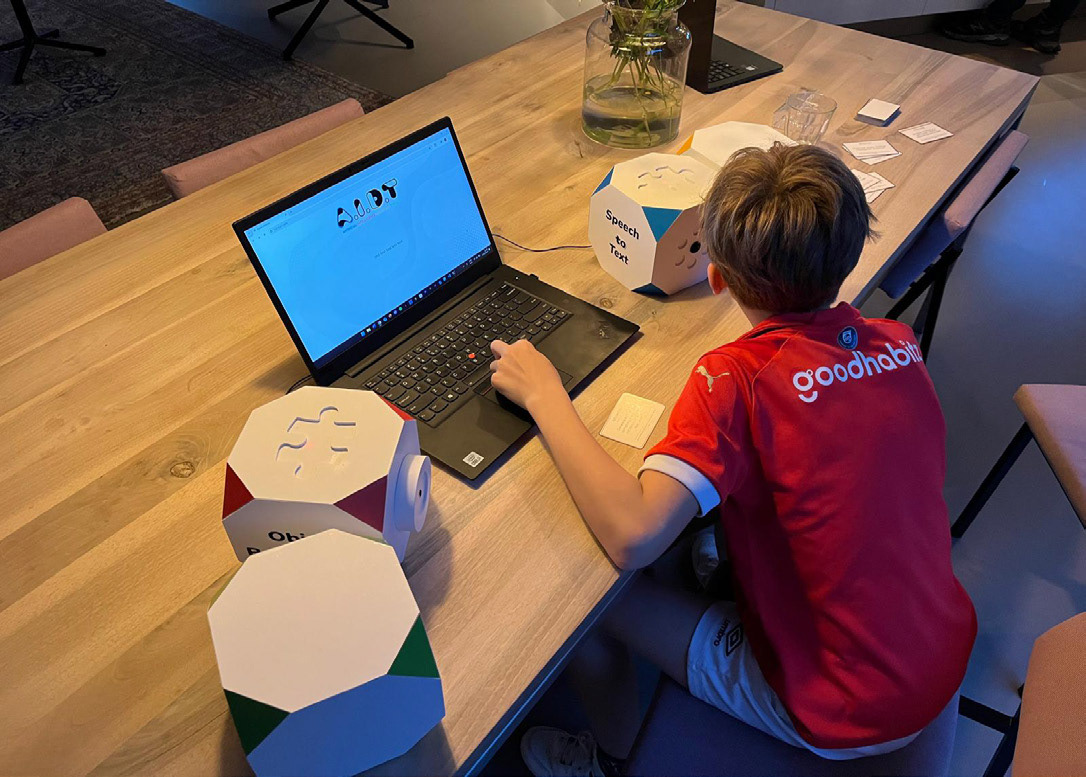
Math, Data & Computing
This expertise area focuses on translating data into meaningful visualizations, using data to find patterns and for dealing with complicated and messy real-world problems (data). As a designer, you need logic to solve these complex problems (math) and computing skills to analyze and organize the data.
Mainly during the design research project, I made substantial strides in this expertise area. This research project in my second year involved learning and applying various data analysis methods, including both qualitative and quantitative techniques. I utilized thematic analysis, descriptive statistics, and Likert scale evaluations. Additionally, I completed the basic courses calculus and physics, which were essential for ensuring that conceptual designs are feasible in real life. Further enhancing my skills, I took the course “Making Sense of Sensors,” which taught me how to collect data and analyze it using Python. I created linear regression models and investigated correlations between variables. I also completed the “Data Analytics for Engineers” course, which covered fundamental concepts of statistics, such as descriptive statistics, data analysis, k-means clustering, and hypothesis testing.
For my FBP, this expertise area was used in two major ways. I applied thematic analysis to interpret data from user tests and employed statistical methods to evaluate the design’s effectiveness. Furthermore, I investigated the working mechanism of AI models and their application in the context of A.I.D.T.
